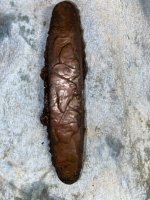I was wondering what minerals can be mined on a mineral claim. Could you mine quartz, marble, or decorative rocks. How about phosphorus, black sand, or green sand. Can I mine old tailing piles and screen out the gravel and sell it? What are the limitations?
Upvote
0







